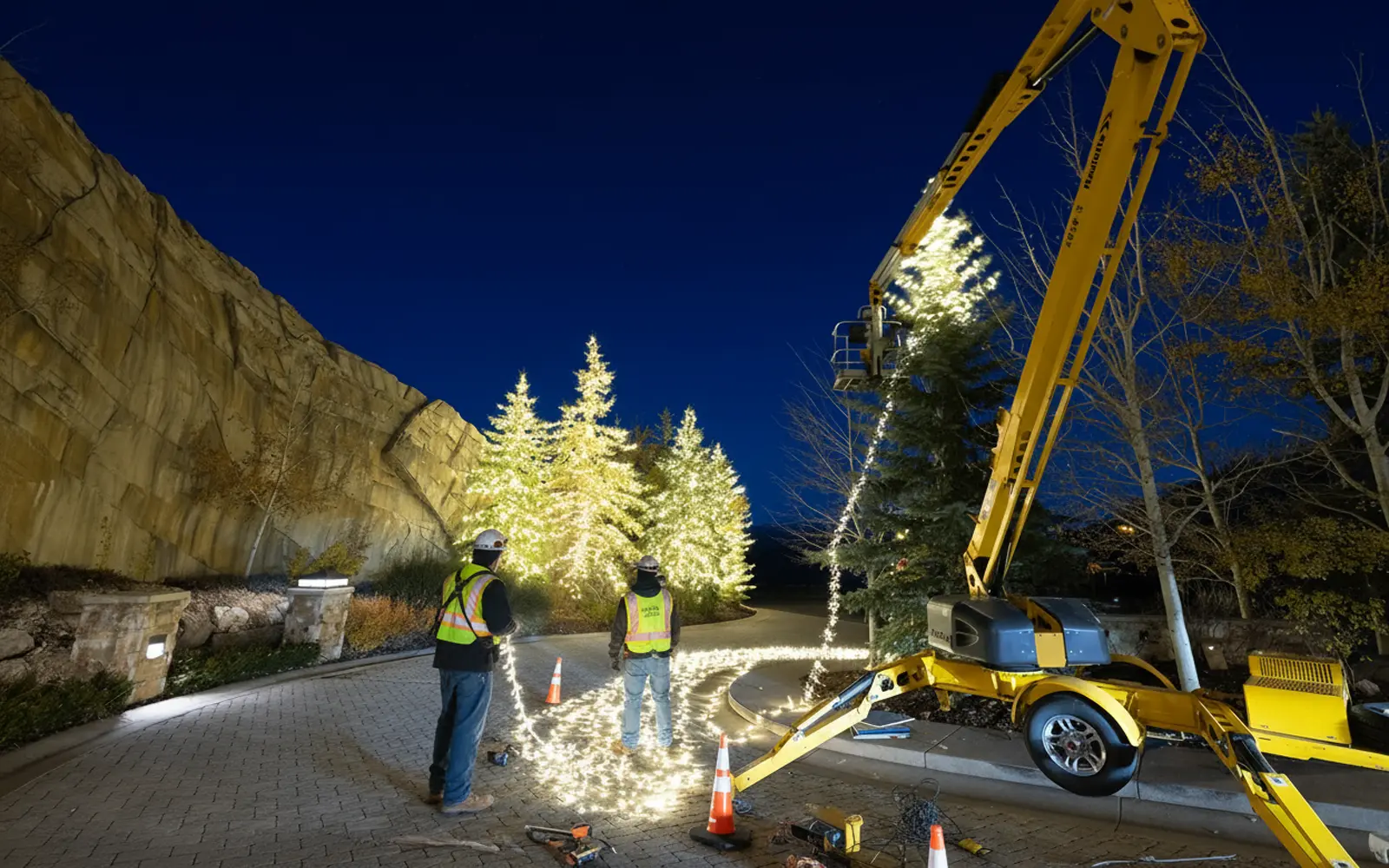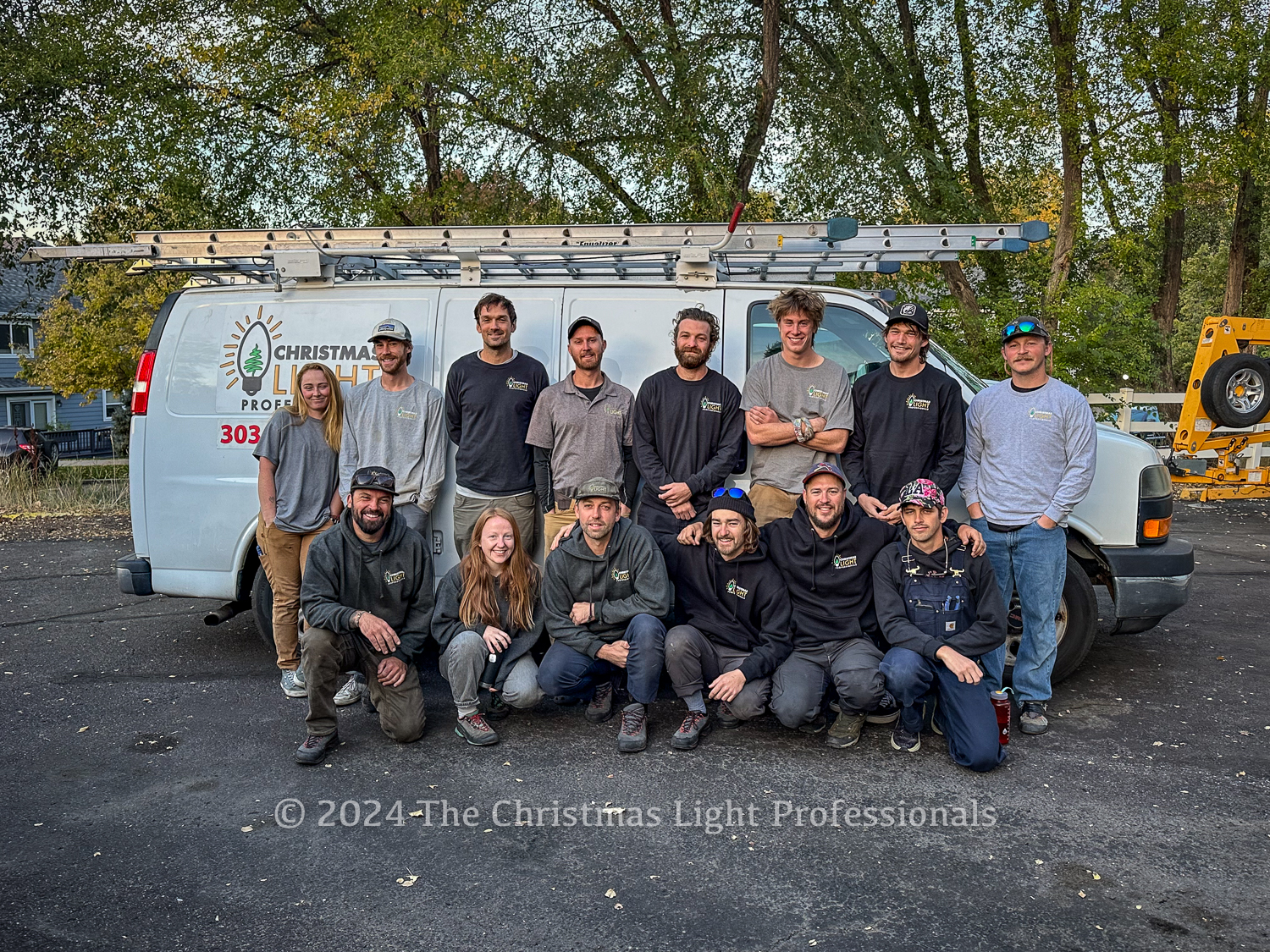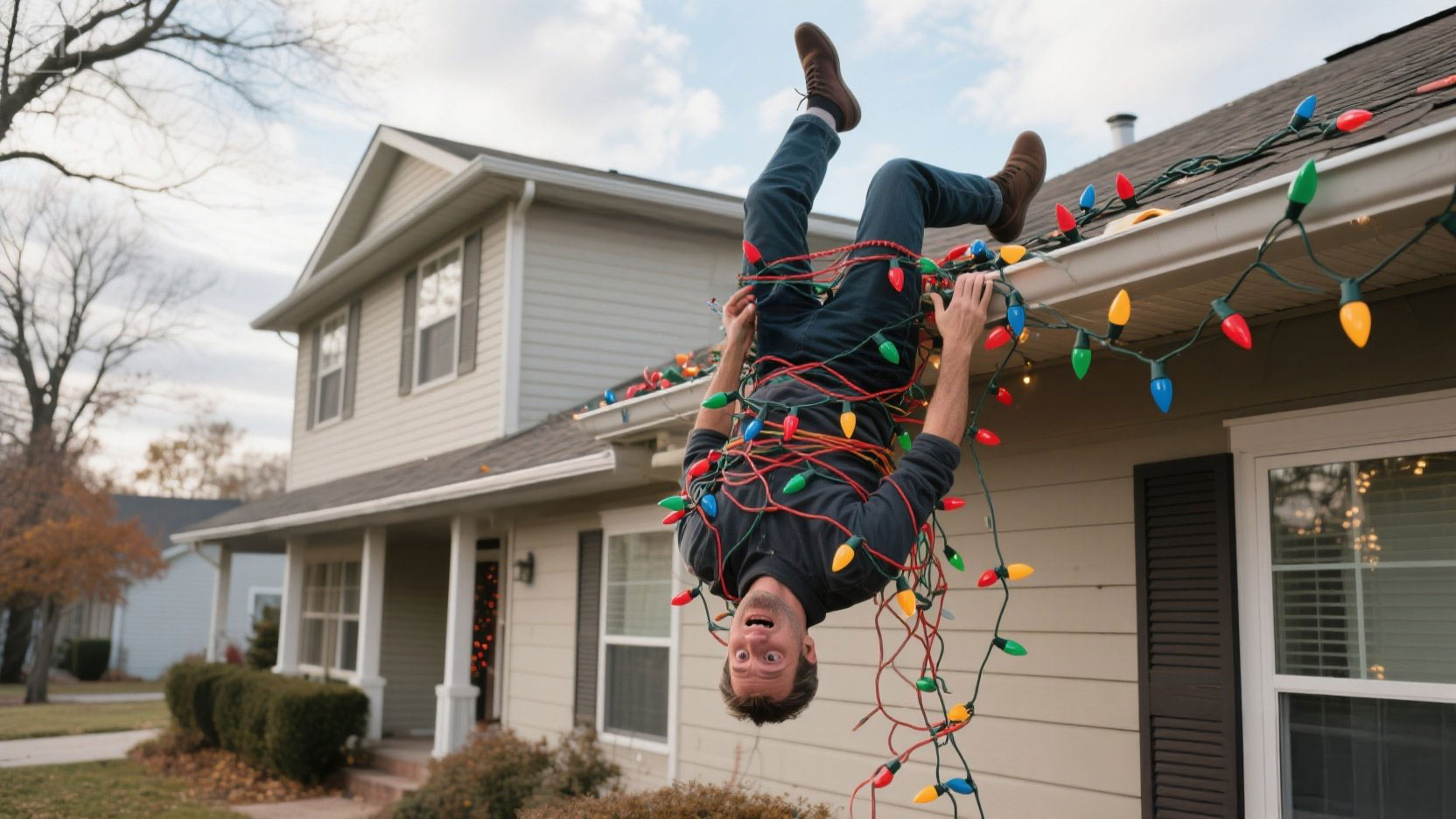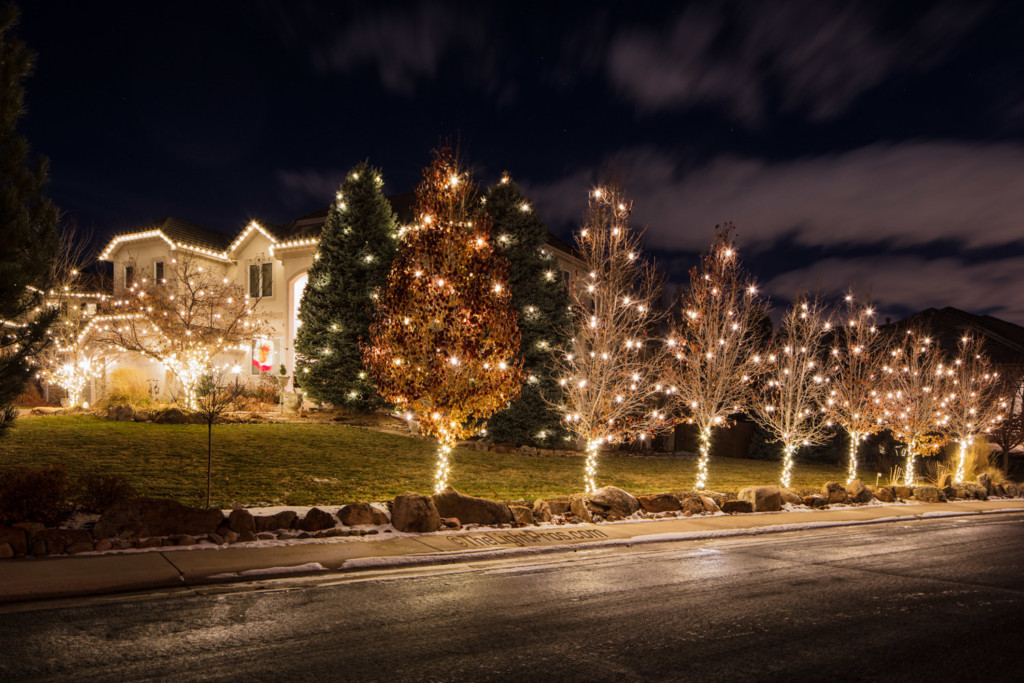Energy-Efficient Christmas Lighting Tips
Holiday lights bring magic to the season—but they can also bring surprisingly high energy bills if you’re not careful. Fortunately, with smarter choices and a few strategic upgrades, you can enjoy a dazzling display without wasting electricity.
We spoke with Vance, owner of a Christmas lighting company that has installed thousands of displays across Utah, Colorado, and Idaho. His team has helped homeowners upgrade to energy-efficient Christmas lights for years—and he shared key insights to help reduce waste while keeping your home merry and bright.
1. Install LED Lights to Cut Christmas Energy Use
If you’re still using traditional incandescent light strings, the first step is to upgrade to LEDs. The difference is dramatic.
“LEDs use about 90% less power than incandescent lights,” Vance explains.
“Christmas Light Professionals only use commercial-grade LEDs now. There’s no reason not to.”
Besides using far less electricity, LED lights:
- Last up to 50,000 hours
- Burn cooler (reducing fire risk)
- Are less likely to break from impact or cold weather
This upgrade alone can slash your Christmas lights energy consumption significantly—even on larger homes.
2. Use Timers or Smart Controls
Many people leave their lights on all night, but most of your neighborhood traffic happens between 5 PM and 10 PM. After that, you’re lighting the dark for no one—and running up your power bill.
“We use photo-sensor timers that turn lights on at dusk and off automatically after 6 hours,” Vance says.
“You don’t need to think about it—and you’re not wasting energy all night.”
Smart plugs or Wi-Fi outlets are also great tools. You can control your display from your phone, set custom schedules, or even monitor power usage in real time.
3. Focus Your Display Strategically
A full-wrap display may look impressive, but not every surface needs to be covered in lights. In fact, focusing on a few key areas—like the roofline, front trees, and entryway—can have more visual impact with less power draw.
“We always design with purpose,” Vance notes.
“Just adding lights everywhere wastes product and energy. If you light the right things, it feels full without being overloaded.”
Concentrated lighting also means fewer extension cords, reduced chances of overload, and less strain on your circuits.
4. Choose the Right Bulb Size and Spacing
If you’re aiming for efficiency, don’t overlook bulb type and spacing.
For example:
- C9 bulbs: Bright and spaced farther apart—fewer strands for dramatic effect
- Mini LED strings: Ideal for trees and railings; soft glow with minimal wattage
- Wide spacing (12” between bulbs) on rooflines or fences uses less product and power while maintaining clean, symmetrical lines
“We build custom-length strands with exact spacing,” Vance says.
“There’s no waste. Every bulb is where it needs to be—no extras burning where they’re not needed.”
5. Understand Real Power Usage
So, do Christmas lights use a lot of energy? It depends entirely on the type of lights you use and how you run them.
Here’s a quick comparison for a 100-foot roofline:
- Incandescent C9s: ~700 watts per 100 ft
- LED C9s: ~70 watts per 100 ft
Running them 6 hours a day for 30 days:
- Incandescent: 126 kWh → Around $17–$20
- LEDs: 12.6 kWh → Around $2–$3
That’s a 90% cost reduction, not just in electricity but in product replacements, since LEDs rarely fail mid-season.
6. Use Energy-Efficient Christmas Tree Lights Indoors Too
It’s not just outdoor displays that drive up energy usage. Your indoor tree can burn hundreds of watts if you’re using old-style lights.
Look for:
- LED mini-lights labeled as ENERGY STAR certified
- Dimmable or programmable lighting for mood control
- USB-powered micro lights for tabletop trees or accent displays
Pairing these with timers ensures you don’t accidentally leave them running all night.
“We’ve seen people run 800 lights on one tree—all incandescent,” Vance says.
“That’s the same power draw as a microwave running for hours.”
Switching to energy-efficient Christmas tree lights indoors helps lower your total seasonal energy bill—without losing the holiday glow.
7. Maintain and Store Lights Properly
Efficient lighting isn’t just about power—it’s also about longevity. Throwing away broken or tangled lights every year creates unnecessary waste and drives up long-term costs.
Vance’s team includes storage services for clients, keeping cords organized and bulbs intact.
“We store everything in labeled bins. That way, when we reinstall next year, it’s fast and nothing gets damaged,” he explains.
If you’re doing it yourself:
- Wrap strands neatly on spools or cardboard
- Store in temperature-controlled areas
- Label each box with where lights were used
This keeps your investment working longer and avoids energy waste due to malfunctioning strands.
Light Up the Season—Not Your Power Bill
Choosing energy-efficient Christmas lights is one of the easiest ways to enjoy a brilliant display without overspending or overloading your home’s electrical system. From LED upgrades to smart controls, these small steps can add up to big savings—and peace of mind.
Whether you’re decorating your roofline or trimming your indoor tree, planning with purpose and using the right products makes your holiday brighter, safer, and more sustainable.







